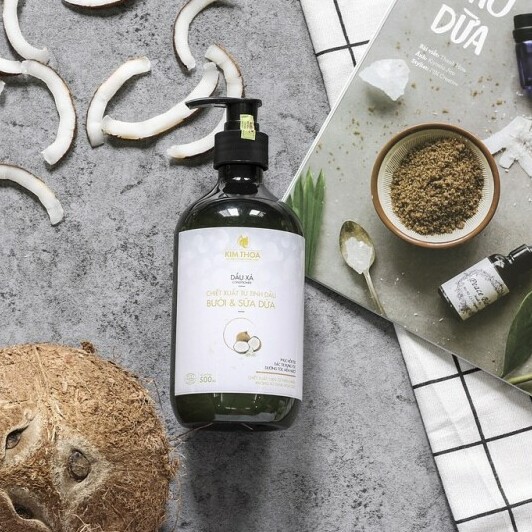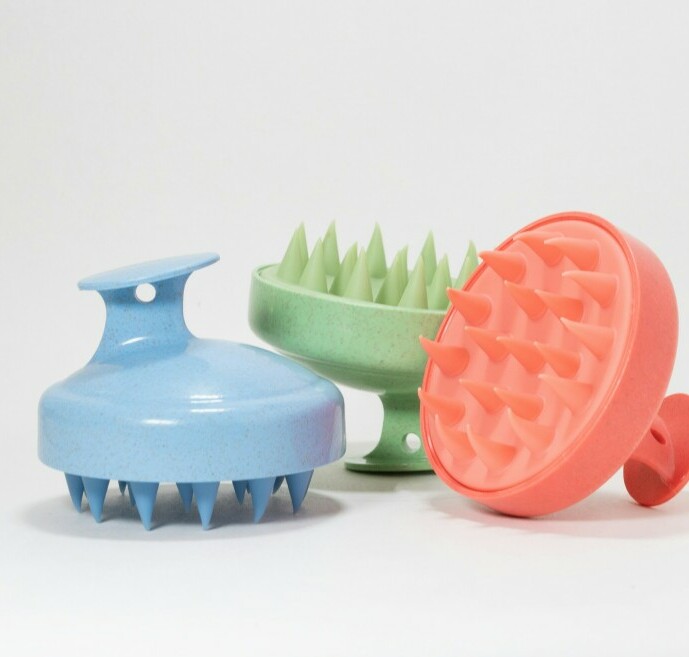I’m going to kick things off by talking about why heat-free hairstyling is catching on. We’ve all heard the warnings about heat damage from curling irons and hair straighteners, but it’s not just scare tactics. Excessive heat can seriously sap the strength and shine from your locks.
Now what are flexi-rods? They’re simple tools for creating curls, designed to be gentle on hair. These bendable, foam rods come in various sizes and they’re game-changers for those who want to ditch heat. Choosing flexi-rods means you’re opting for a health-first approach to hairstyling.

This isn’t just about avoiding damage; it’s also about embracing a healthier routine that promotes hair integrity over time. I’m here to guide you through the process of achieving bouncy, beautiful curls without the risk associated with heat styling.
By the time you finish this article, you’re going to find out how to select the right flexi-rods for your hair and master the technique of creating heat-free curls that last. So let’s prepare to roll into the next section, where we’ll delve into choosing the perfect flexi-rods for your hair type.
Choosing the Right Flexi-Rods for Your Hair Type
If you’re eager to get started with flexi-rods, the first thing you’ll need to understand is that not all rods are created equal. They come in a variety of sizes, and each size serves a different purpose. So, I’m going to help you navigate the sea of options and choose the right flexi-rods for your unique hair type.
Let’s talk about size for a moment. Flexi-rods range from about 7/16 of an inch to 7/8 of an inch in diameter. Generally, the narrower the rod, the tighter the curl. If it’s tight, springy curls you’re after, you’re going to want to go for the smaller sizes. On the flip side, for looser, beachy waves, the larger ones will be your best bet.
Now, the texture and length of your hair play a big role in your flexi-rod choice. For those with fine or relaxed hair, smaller rods can create curls without much overlap, which can prevent tangles and breakage. Thick or coarse hair might need larger rods to handle the volume and weight of the hair. And if you have particularly long hair, you’ll want a flexi-rod that can take on the entire length without doubling up too much.
If you’re a beginner, don’t worry too much about getting it perfect on the first try. It might take a couple of attempts to find the size that resonates with you. A good starting point is to grab a mixed pack of flexi-rods, available at most beauty supply stores or online. This way, you can experiment with different sizes and see what works best for your hair without committing to just one size.
Next up, I’m going to walk you through the step-by-step process of actually using these flexi-rods to achieve beautiful curls. This includes everything from how to prepare your hair for the best results to the actual technique of wrapping your hair around the rods. So let’s move on to creating those gorgeous, heat-free curls.
Step-by-Step Guide to Creating Curls with Flexi-Rods
I’m going to walk you through creating bouncy, beautiful curls using flexi-rods, and no, you won’t need any heat at all. This method is gentle on your hair and can yield impressive results overnight or with a few hours’ patience.
First things first, you’ll want to start with clean, damp hair. Why damp? Because it sets the stage for long-lasting curls. Just make sure it’s not sopping wet to avoid long drying times and potential discomfort.
Sectioning your hair is crucial. Use clips to divide your hair into manageable parts, working with one section at a time. This ensures even coverage and uniform curl size. Aim for smaller sections for tighter curls and larger ones for looser waves.
Now, you’re ready to roll – literally. Take a small section of hair, apply a styling product for hold, and wrap the end of your hair around the flexi-rod. Then, roll the rod up towards your scalp and bend the ends of the flexi-rod to secure it in place.
It might take a couple of tries to get the hang of it, but don’t worry too much about perfection on your first go. Consistency comes with practice. Once all your hair is rolled up, you can either let it air dry or speed up the process with a hooded dryer on low heat, staying mindful that the goal is to avoid heat damage.
Time is your friend when it comes to setting your curls. Leaving the flexi-rods in for at least five hours or overnight is ideal. Trust me, the wait is worth it for those heat-free, healthy curls.
Maintaining Your Flexi-Rod Curls
Once you’ve achieved those perfect curls without the heat, you’re going to want to make the most of them. Here’s how to keep those waves looking fresh and bouncy.

First off, let’s talk about nighttime routines. The age-old pineapple method, where you loosely gather your curls at the top of your head, really does wonders. You might also consider a silk or satin bonnet – your curls will thank you for the reduced frizz and maintained moisture.
Now, when it comes to products, choose wisely. A light holding spray can add longevity to your curls, but steer clear of anything that weighs them down. For touch-ups, a dab of hair oil on the ends will help to combat dryness without sacrificing the bounce.

As for the dos and don’ts: DO sleep on a satin or silk pillowcase if you can. It’s a game-changer. DON’T disturb your curls too much when they’re set. Let them live their best life without too much manipulation.
On the off chance your curls start to fall flat, revive them with a spritz of water and a little finger coiling. It’s a simple method that brings back definition and movement.
That said, perfecting the upkeep of your curls is a journey. Some trial and error are involved, but don’t worry too much about getting everything right from the get-go. You can always tweak your approach as you learn what works best for your hair.
Wrapping It Up: The Final Take on Flexi-Rod Curls
I hope by now you’ve become a bit of a flexi-rod enthusiast. And why wouldn’t you? It’s a fantastic method for getting long-lasting curls without exposing your hair to heat damage. Practice, as they say, makes perfect, though you don’t need to strive for perfection. Even if your first few attempts aren’t flawless, the health of your hair will thank you for the effort.
Remember, encountering a bump or two along your curling journey isn’t a cause for concern. Whether you’re dealing with uneven curls or the occasional rogue rod that won’t sit tight, it’s all part of the learning process. Adjust your approach as you go – you’ll find out that each time you do it, you’ll get better and quicker at it.
Choose products that resonate with you, and don’t shy away from experimenting with different techniques. Everyone’s hair is unique, and the beauty of flexi-rods is that they can cater to a huge variety of hair types and desired styles. So go ahead and embrace the versatility they offer.
I really hope that you feel confident in giving these heat-free wonders a whirl. Your hair is a canvas, and flexi-rods are just one more tool in your styling arsenal. Enjoy the curls, the compliments, and the satisfaction that comes from knowing you’re keeping your hair healthy. So my question to you today is, when are you planning to start your heat-free curl journey?


























